A 15-Inch Snowflake Falls in Montana!
On January 28, 1887, it was claimed that a snowflake 15 inches across and eight inches thick fell on Fort Keough, Montana. While this claim hasn’t been verified, unusually large snowflakes are possible…

On January 28, 1887, it was claimed that a snowflake 15 inches across and eight inches thick fell on Fort Keough, Montana. While this claim hasn’t been verified, unusually large snowflakes are possible…
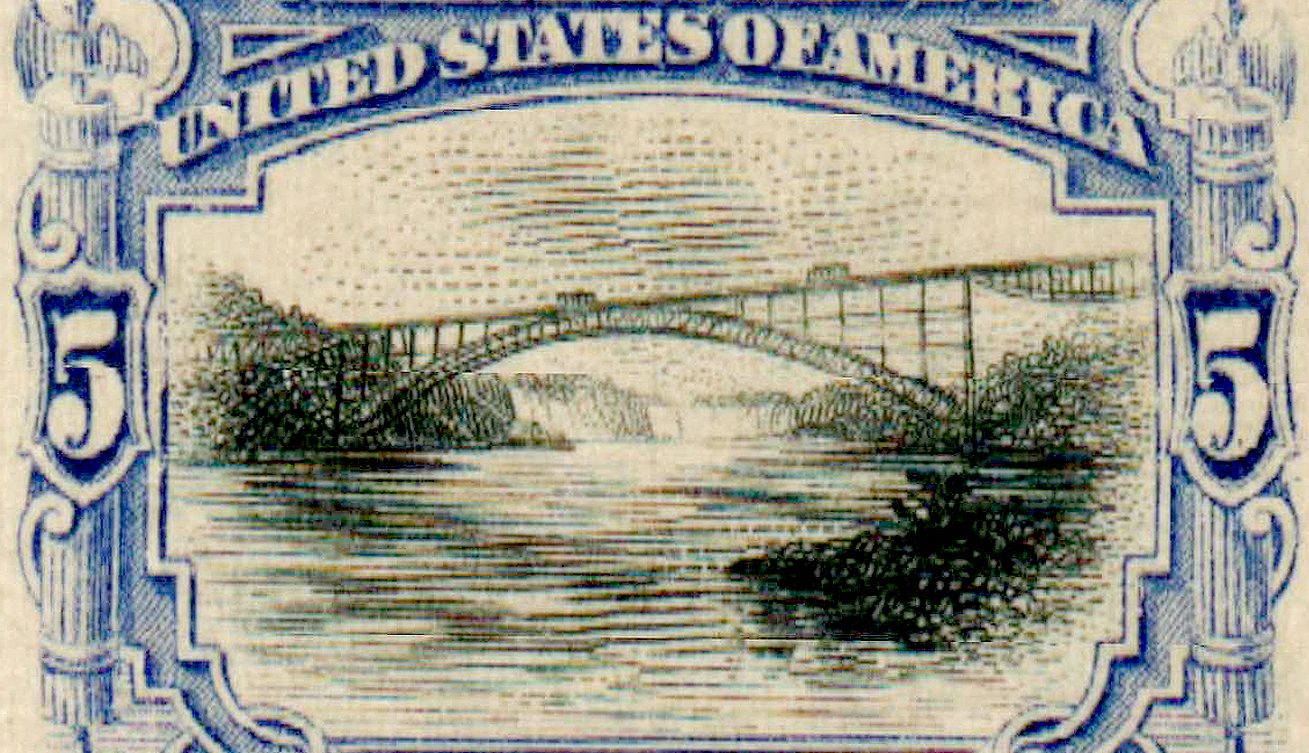
On January 27, 1938, the Honeymoon Bridge at Niagara Falls collapsed from the force of ice on the river pressing against its supports. It had been the largest steel arch bridge in the world.
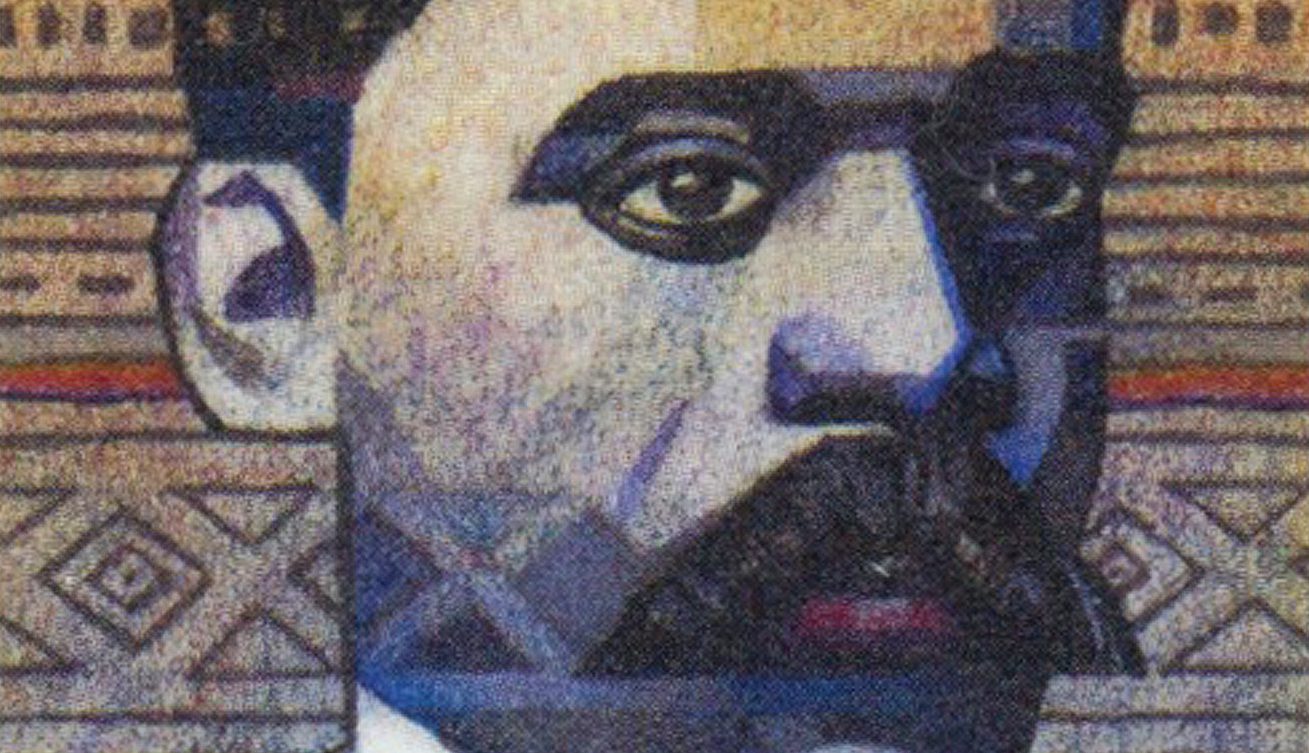
Arturo Alfonso Schomburg was born on January 24, 1874, in Santurce, Puerto Rico to an African American mother and German father. A key figure in the Harlem Renaissance, Schomburg dedicated his life to researching and raising awareness of the achievements of Afro-Latin Americans and African Americans.
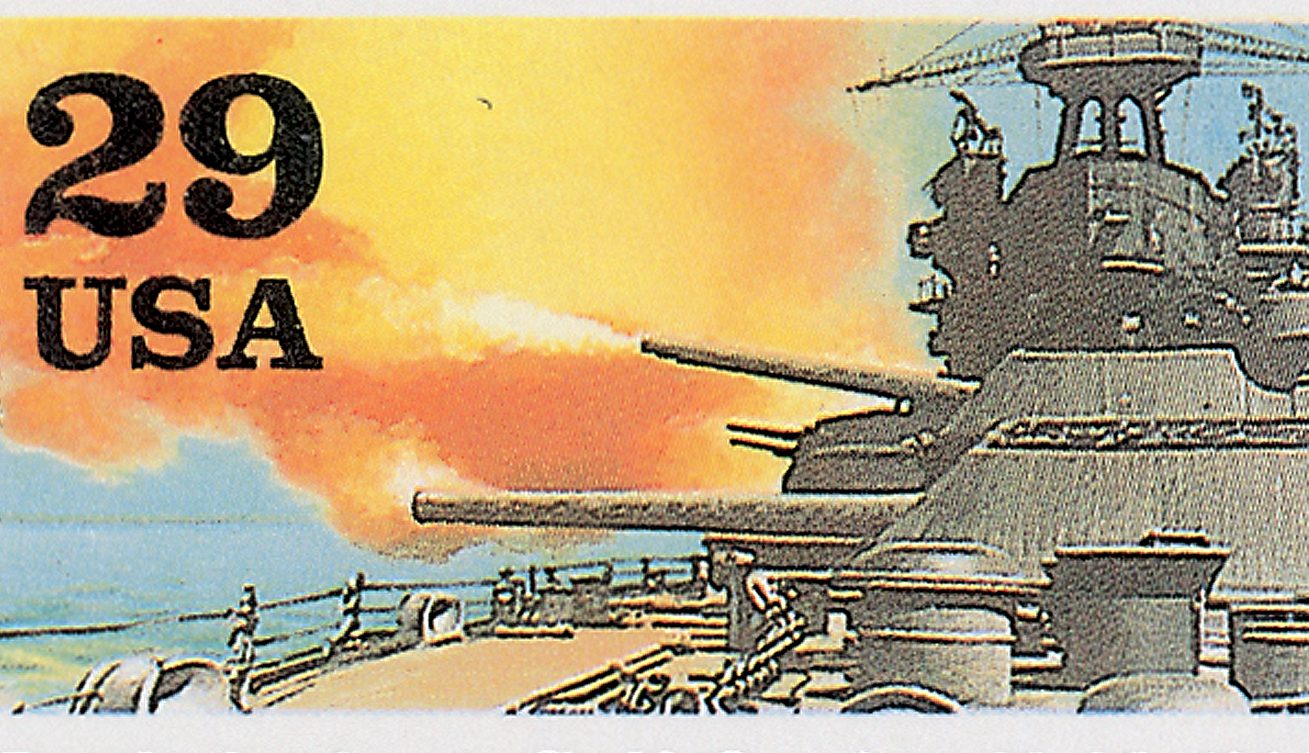
The fourth USS Yorktown was launched on January 21, 1943. During its more than 25 years of service, the Yorktown participated World War II, the Korean War, and the Vietnam War.
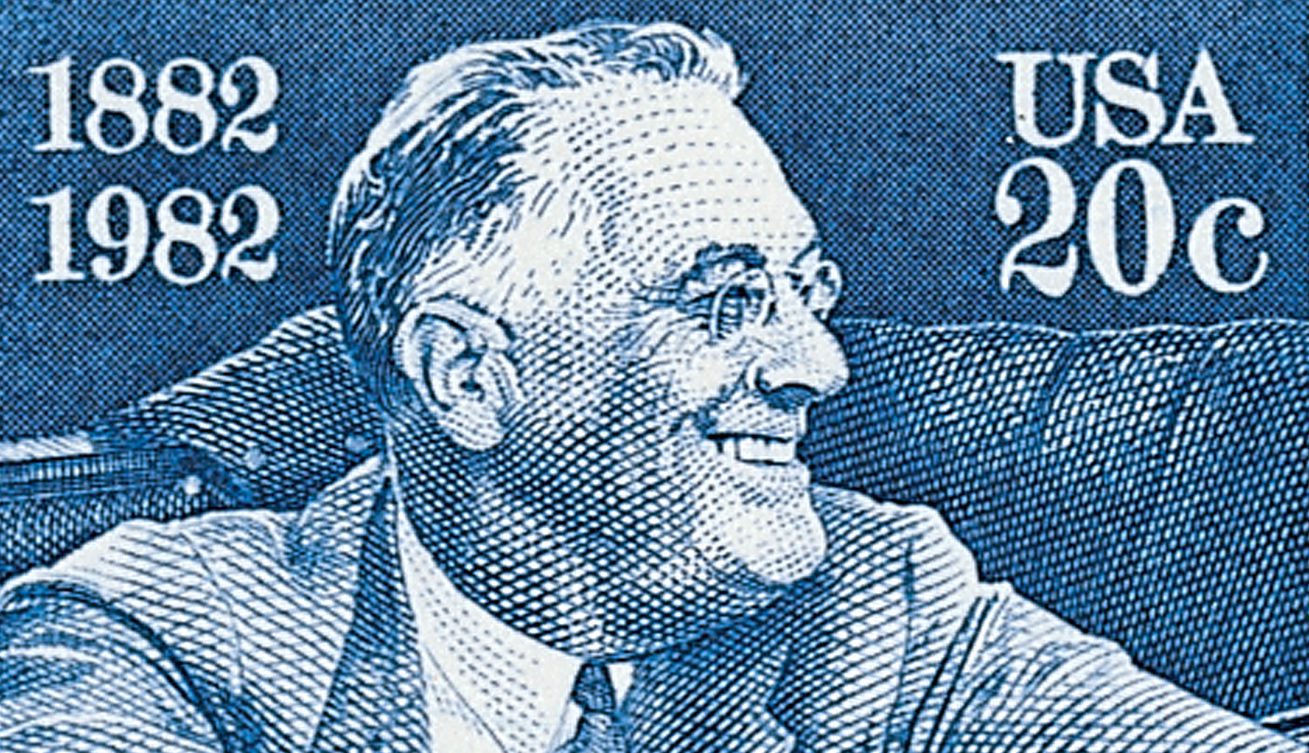
On January 20, 1937, Franklin D. Roosevelt was the first US president to be sworn in under the new rules of the 20th Amendment. Since then, every president has been sworn in on January 20.
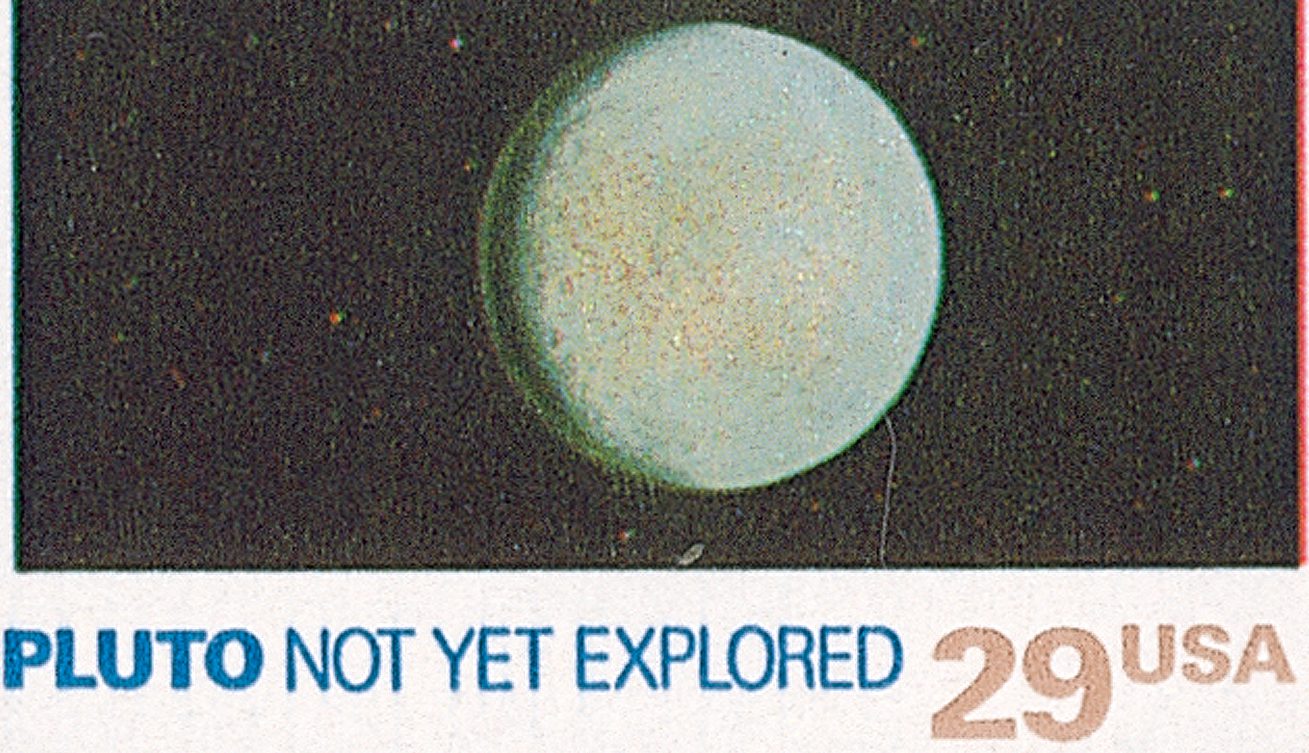
On January 19, 2006, the New Horizons interplanetary space probe was launched on a mission that included studying Pluto. The mission was inspired in part a postage stamp!
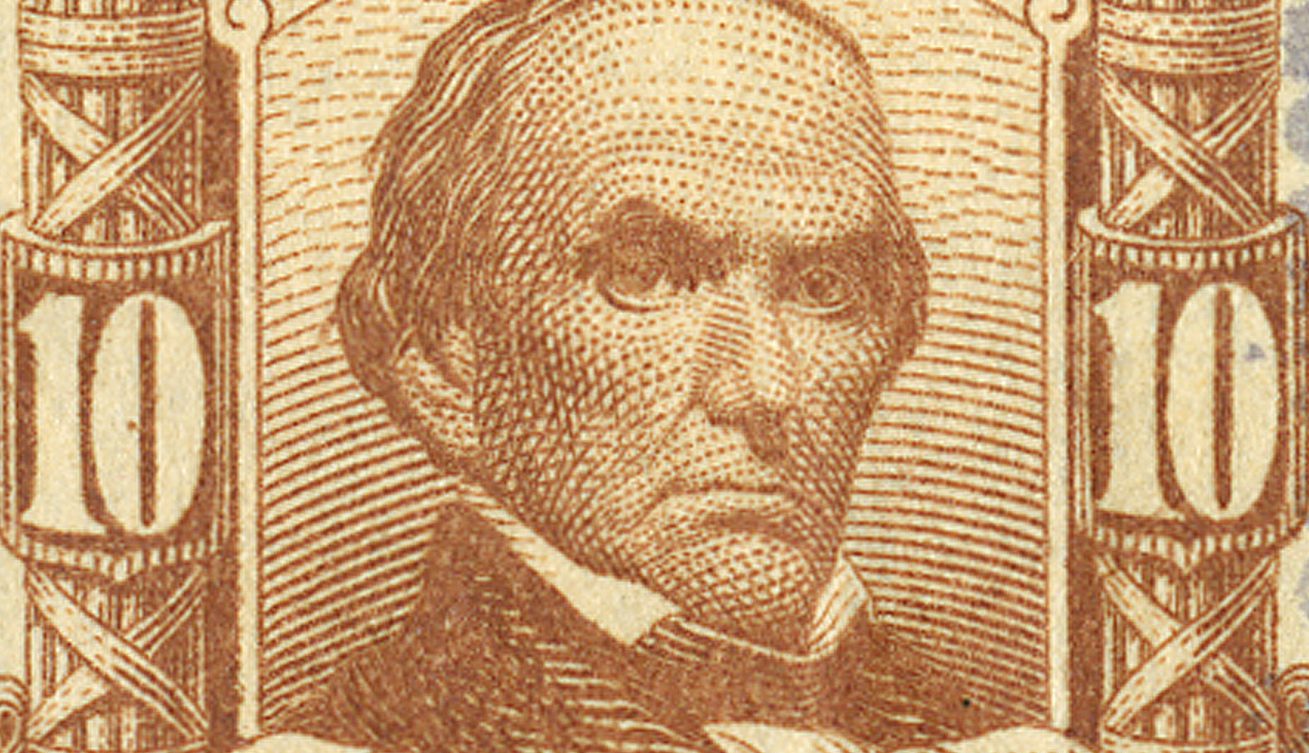
Daniel Webster was born in Salisbury (now Franklin), New Hampshire on January 18, 1782. A successful lawyer and statesman, he negotiated an important treaty with Canada and served as Secretary of State under three presidents.
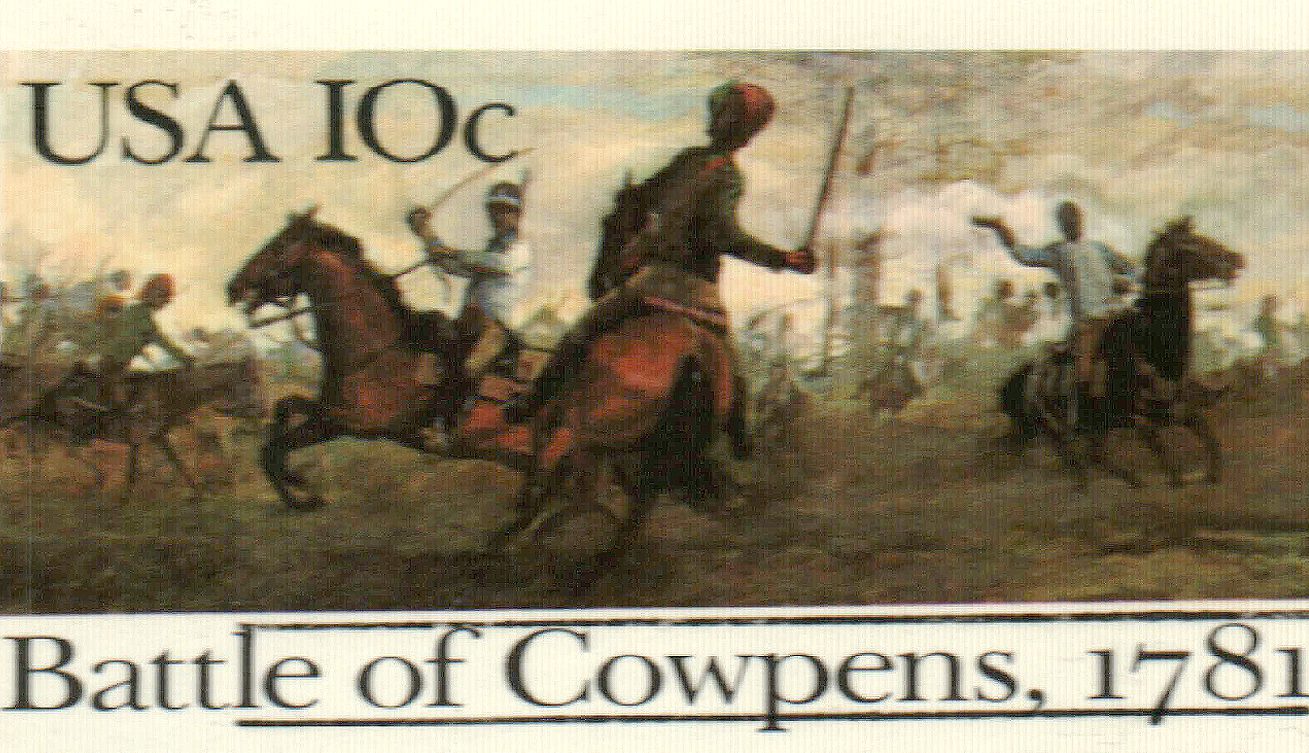
On January 17, 1781, the Continental Army fought the British near Cowpens, South Carolina. They used the only double envelopment of the war to claim an important victory in what’s considered the turning point in the battle for South Carolina.
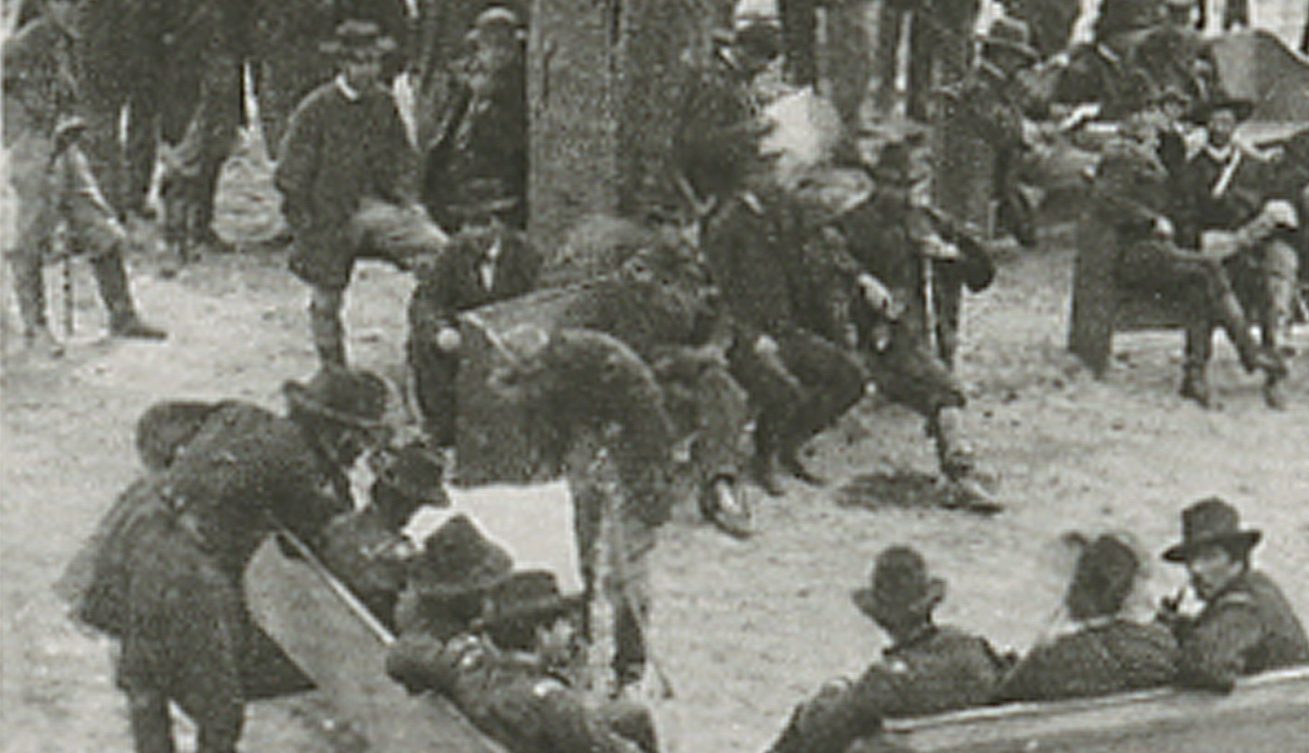
Timothy H. O’Sullivan died from tuberculosis on January 14, 1882. He was a well-known photographer who captured the brutality of the Civil War and the untamed beauty of the Western United States.